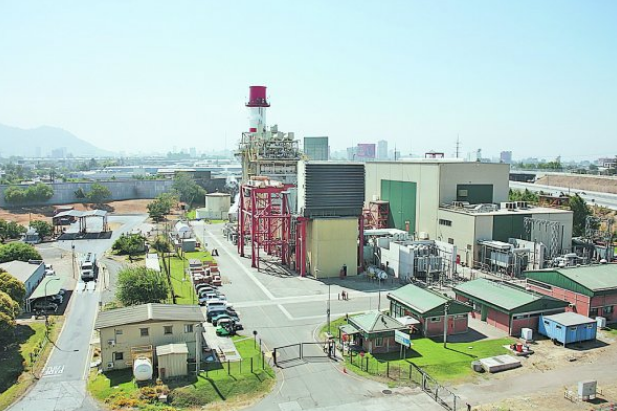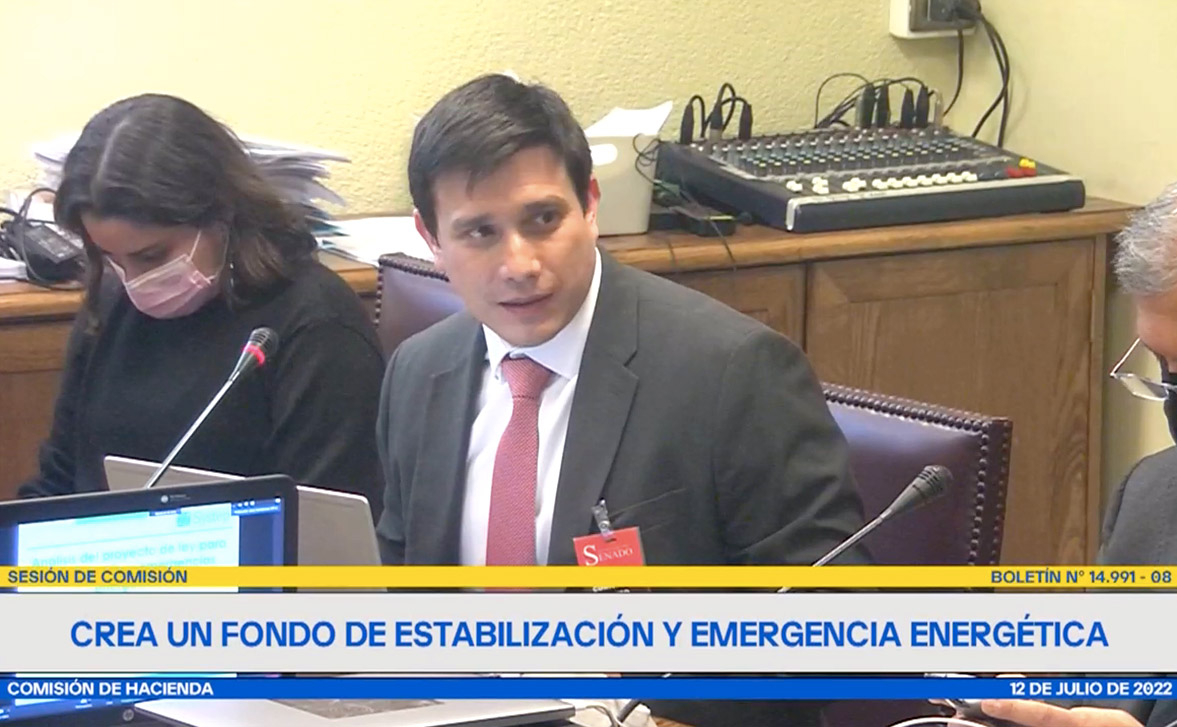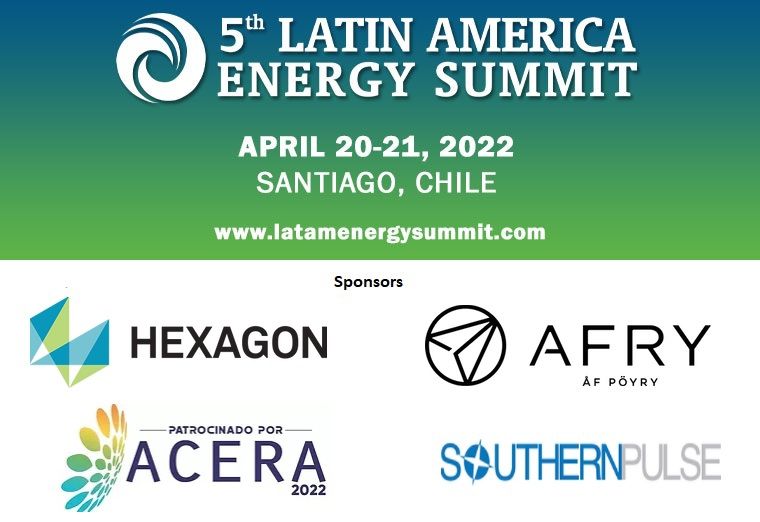
Source: Diario Financiero
The CNE and the unions will go to the Chamber of Deputies. Minister Jobet reportedly decided to intervene to control the offensive.
The changes to the technical standard that regulates natural gas (LNG) for electricity generation initiated by the National Energy Commission (CNE), in an attempt to correct some effects that would be caused by the inflexible condition of this fuel, is escalating in its level of discussion.
This is because, although the debate has been going on since last year, when the authority began work to modify the technical standard, the changes are entering a decisive phase.
The rule – which was created in 2016 – establishes in general terms that natural gas can acquire inflexible status when storage capacity is exhausted, in view of the imminent arrival of a new shipment of the fuel. Thus, it is assigned a variable cost
zero, which in practice allows it to have priority to produce electricity.
Some renewable generators have charged that this is causing problems in the system by taking space away from them, among other effects. The CNE’s proposal seeks to regulate how much gas can be declared as inflexible, which raised doubts and questions among large generators and other actors, due to the risks it would imply in the importation of this fuel, discouraging its use.
This has opened a series of disputes. In September 2020, medium hydroelectric generation companies went to the Tribunal de Defensa de la Libre Competencia (TDLC) to open a consultation on whether or not this inflexibility condition was compatible with free competition rules.
competence. Since the agency did not process the case, the firms took the case to the Supreme Court, where a ruling is still pending.
On another front, some companies and unions have scheduled meetings with parliamentarians to present their positions. On June 14, Congressman Juan Luis Castro requested that the issue be addressed in the Mining and Energy Commission. The insistence led to the convening of a meeting for Monday
session. As of Friday, the participation of the executive secretary of the CNE, José Venegas, together with four unions, was confirmed.
This face-to-face meeting, according to some sources, would be key to evaluate the possibilities of adjusting the CNE’s proposal, a body that extended the deadline for consultation on the regulation, which ended on Friday, until July 12.
For the debate, companies, guilds and consulting firms in the sector have begun to make calculations of what the change could entail. This intense debate would have motivated the Ministry of Energy to become more involved in the issue. Industry sources say that Minister Juan Carlos Jobet agreed to hearings in the last month, which had previously been held at the Ministry of Finance.
delegated exclusively to the CNE.
Jobet met on June 22 with leaders of five associations: Solar Energy; Renewable Energy and Storage; Small and Medium Hydroelectric Power Plants; Small and Medium Power Generators; and Concentrating Solar Power.
The same unions had met seven days earlier with the Superintendent of Electricity and Fuels, Luis Avila. Meanwhile, on June 1, the Trade Association of Non-Regulated Electricity Customers met with Venegas, who two days later had an appointment with the Association of Generators.
The position of the authority
In the CNE’s opinion, the root of the problem of gas inflexibility is that the companies that use it must define purchases and volumes that have inflexibilities to be reduced or reduced.
The company must do so without certainty as to how much LNG it will actually use in the operation.
“This exposes them to LNG surpluses or costs to reduce those surpluses. To manage those costs, generators force the system to place surplus LNG at zero cost, impacting the price, generation and revenues of renewable generators,” says the entity led by Venegas.
Faced with this problem, the CNE indicates that the proposal they have put on the table is that this dynamic be checked and supervised by the Electricity Coordinator, allowing “only a level of forced dispatch of surplus gas that is beneficial for the entire system, and not only the individual result that interests the generators that sovereignly manage the LNG purchase contracts that define these inflexibilities”. However, they emphasize that as of today this modification is not in force, so “it cannot be related to what has happened before with respect to LNG use projections”.
Lower availability of natural gas and water deficit increase System’s marginal costs
In recent months, the increase in marginal costs, which are used to determine the value at which energy is traded between generators, has become evident due to various factors. According to Systep, in May the marginal cost of the Crucero 220 busbar was US$76.9/MWh, an increase of 7.7% with respect to April, and an increase of 88.0% with respect to May 2020. This, they say in the industry, demonstrates that it is difficult to predict the
system, so raising the risk of LNG imports could increase the problem.
According to Humberto Verdejo, an academic at the University of Santiago, the increases in the spot market are mainly due to dry hydrology, higher consumption than expected and high priced natural gas: “The need to supply demand during peak hours requires the dispatch of power plants to make up for the lack of energy, so the alternatives are coal and diesel. This occurred mainly in the first quarter due to an increase in the
overestimation of the meltdown, which led to a lower purchase of LNG, which ended up being replaced by diesel”.
The president of Apemec, José Manuel Contardo, states that for this year “the main reasons for the increase in spot prices with respect to 2020 have been the lower imports of Argentine gas and a lower availability of coal-fired units”. On the other hand, the use of LNG “increased by nearly 400 million m3 (+56%), to compensate for this lower import of LNG”.
Argentine gas, having to supplement the deficit with more expensive diesel power plants”.





